02/10/2013
Scotney Castle biomass talk and tour success!
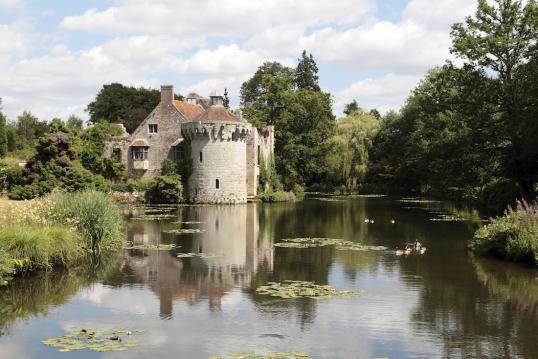
This September Rural Energy's Matt Scully and I (Louise) travelled to the National Trust's Scotney Castle in Kent. A magnificent 14th Century castle surrounded by acres of woodland, a moat and beautiful countryside, this historic site attracts thousands of visitors every year. On September 17th we had a few visitors of our own but for a very different reason: to see a biomass boiler.
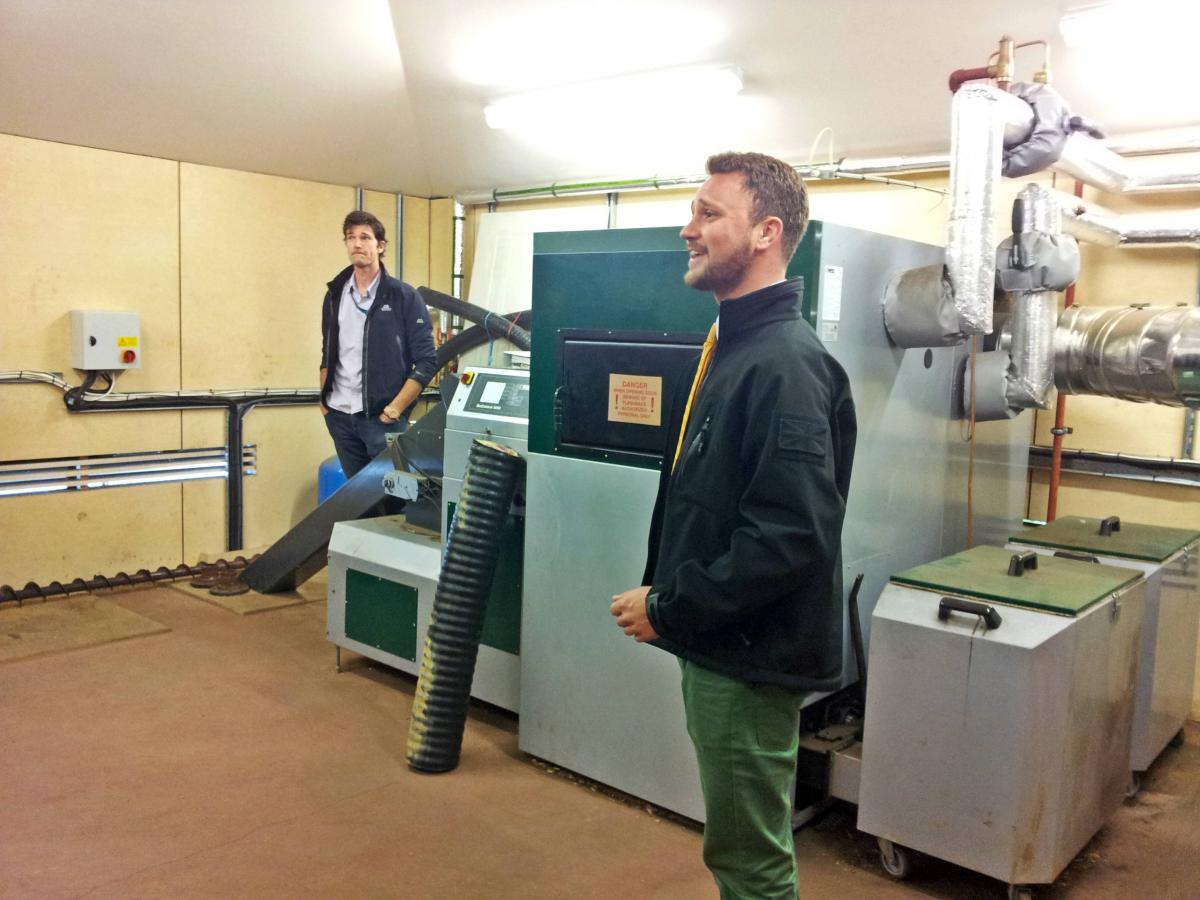
Rural Energy designed and installed a 220kW Herz BioMatic system to heat the visitor centre, café and also now some of the apartments on the site.
The 'talk and tour' showcased the retrofit biomass system, the fuel store and the self-farmed woodland managed by the Castle's Senior Ranger, Ross Wingfield.
The talk included four presentations led by Matt which introduced the project at Scotney, how the woodland is managed for self-sufficiency, fuel delivery and the Renewable Heat Incentive. All of the visitors were extremely interested in finding out more about how the woodland is managed and how fuel quality affects the boiler maintenance, functionality and the Renewable Heat Incentive. Our thanks go out to our speakers Dermot Coady, Julian Morgan-Jones and Ross Wingfield, and our Gold Partners Douch Biomass.
Visitors learned about how the Renewable Heat Incentive and a biomass system pay for themselves in the long-term, with typical payback periods of around 4-6 years for a system. For the National Trust wood fuel costs are low as they chip much of their own woodland, but there are also back up supplies from local suppliers. This process contributes to the National Trust's bid to massively reduce their carbon footprint. As a business this is a viable, sensible option for affordable heating, payback and cost savings.
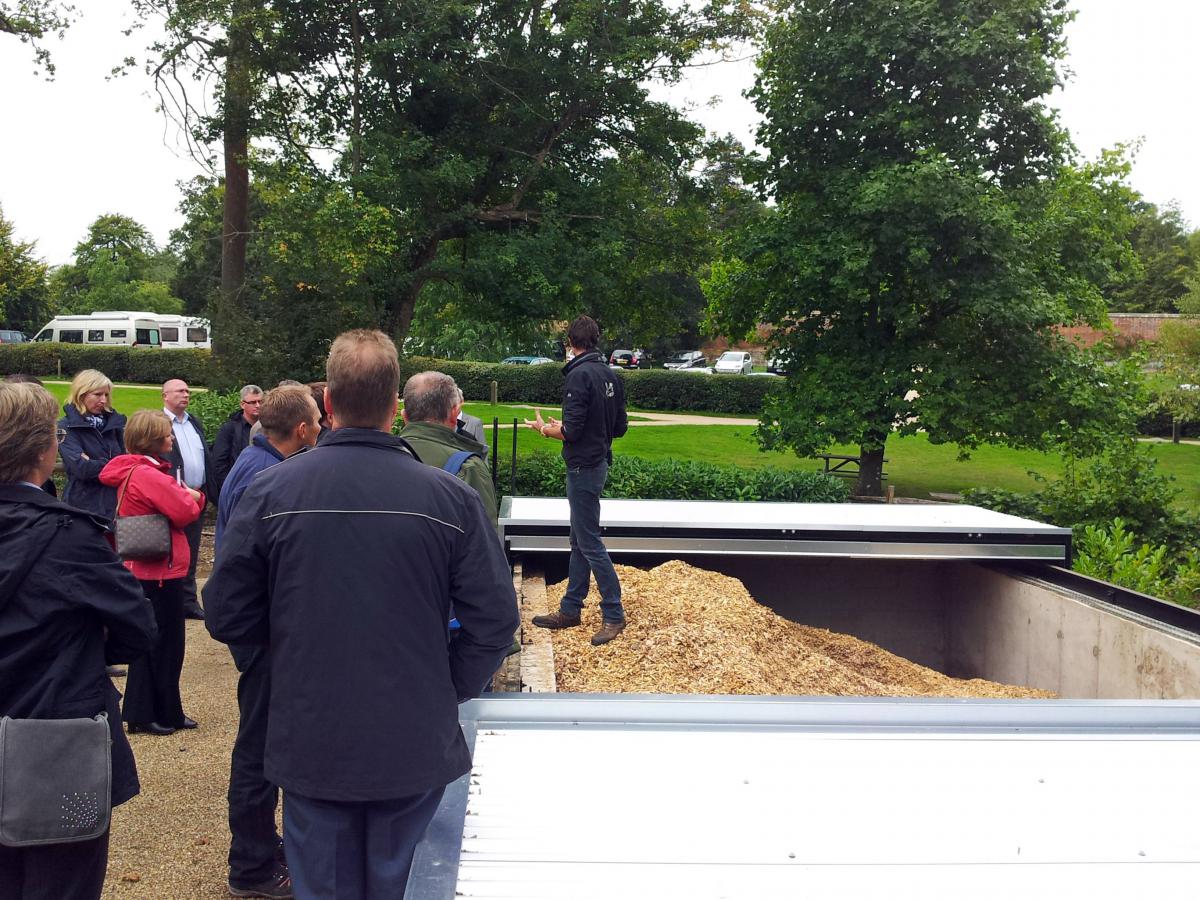
The talks were followed by the opportunity to see the Herz boiler and fuel store, just a short walk from the conference facilities. Despite the early bouts of rain, all of our visitors were eager to see the purpose-built plant room and underground fuel store with sliding roof.
Ross showcased the fuel store and discussed its sliding roof. An important message was apparent when discussing the boiler and its fuel store: sometimes there are teething problems but with the help of Rural Energy, Scotney Castle have had the support to overcome these issues. We thought it in the interest of the visitors to hear the full story of Scotney's conversion to biomass, including the bumpy parts of the journey.
One such issue was the malfunctioning sliding roof of the fuel store and how this affected the fuel being fed to the boiler. This issue was something that Rural Energy's support services have advised on and worked to resolve.
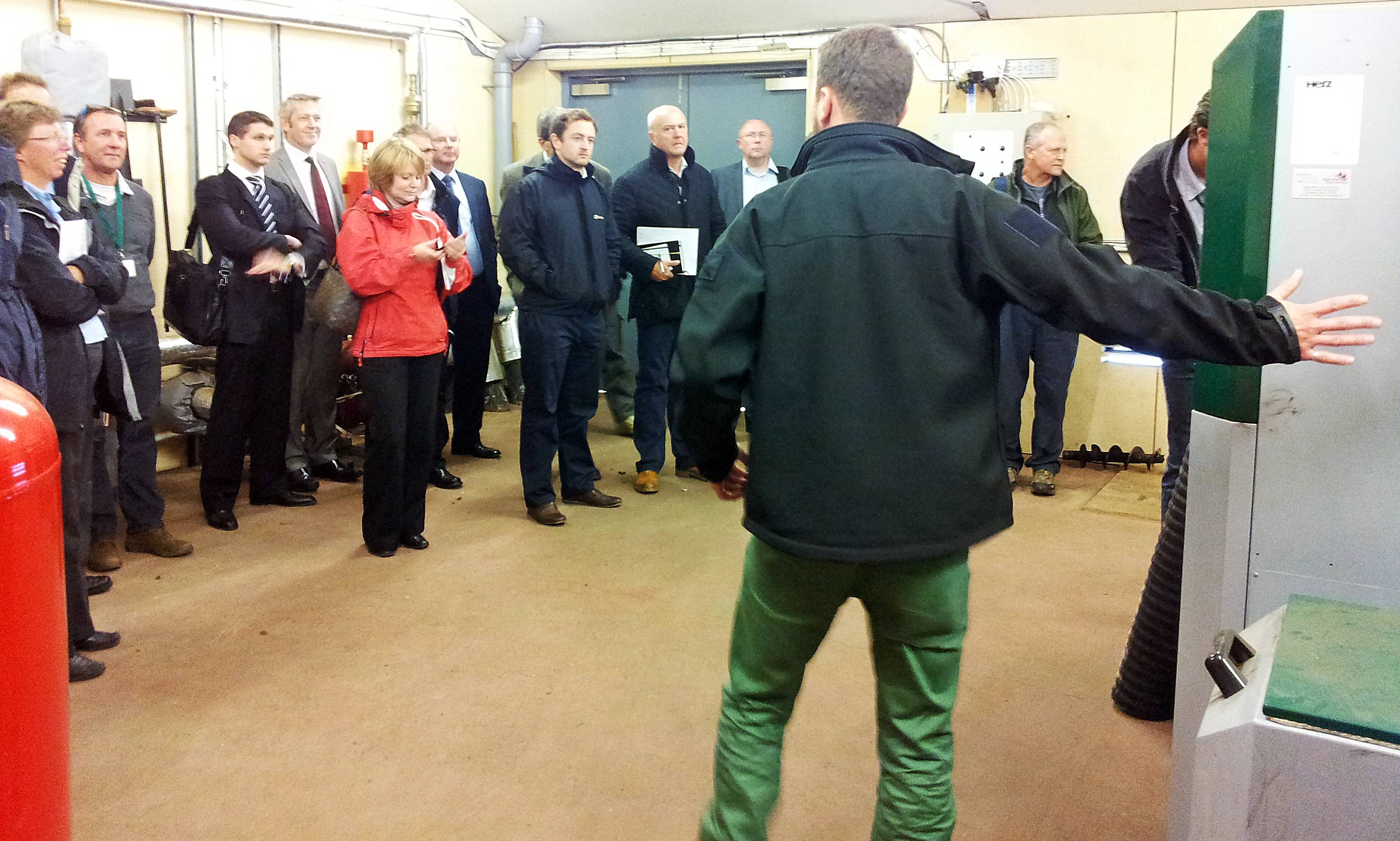
Fuel was a big topic throughout the day and the message was that poor quality fuel can seriously affect your biomass boiler (unless it is a biomass boiler designed for poor quality fuel, usually used for industrial applications). Scotney Castle has managed to resolve this issue and now houses a happily running biomass boiler with around 96% efficiency.
The visitors were also given the opportunity to see the BioMatic that was heating part of Scotney's estate. Matt talked about the boiler, how it is installed and how it is maintained - answering plenty of questions as he talked. This included discussing technical questions about the plant room, back-up boilers and district heating networks.
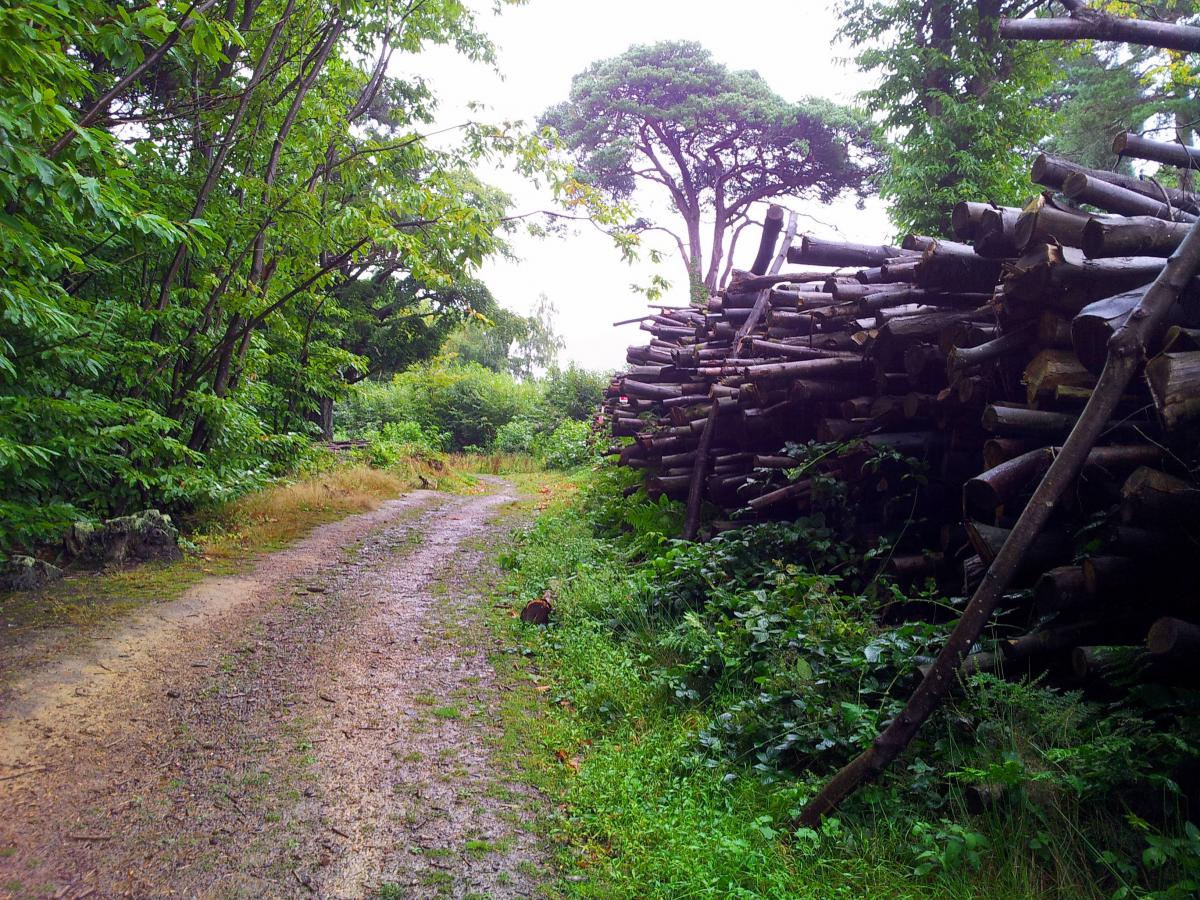
This was followed by a chance to see where the woodland is managed and how this affects the woodland diversity. I found this particularly useful as
you can see the positive visual impact of the coppicing and how this has opened up the woodland to other plant and animal inhabitants. Coppicing is the selective trimming and cutting of certain trees in a sustainable way to encourage re-growth). Here the National Trust are very responsible about how they coppice, choosing to selectively cut back only certain parts of the woodland, improve rides through the forest and growing the ecosystem.
Overall our 'talk and tour' was a huge success. We had a very busy day with over 25 visitors, what seemed like hundreds of questions and some very enthusiastic speakers. It was great to see that our attendees were keen to see a functioning and established system (this site has been running for nearly 5 years) and meet those who were involved in the biomass project from day one.
- Agriculture (10)
- Awards (5)
- Carbon Reduction (26)
- Commercial (13)
- Country Estates (4)
- CSR (3)
- Design (4)
- District Heating (2)
- Domestic (2)
- Education & Healthcare (2)
- Events (11)
- Finance (3)
- Herz (9)
- Horticulture (3)
- Industrial (6)
- Installer Network (1)
- Poultry (4)
- Project Management (1)
- Public Sector (1)
- Renewable Heat Incentive (23)
- Service & Maintenance (3)
- Training (2)
- Warehouse (1)
- Wood Fuel (13)
- March 2018 (1)
- February 2018 (1)
- January 2018 (1)
- September 2017 (2)
- May 2016 (1)
- March 2016 (1)
- February 2016 (1)
- January 2016 (3)
- December 2015 (2)
- November 2015 (1)
- October 2015 (2)
- August 2015 (2)
- July 2015 (1)
- May 2015 (2)
- April 2015 (1)
- March 2015 (2)
- February 2015 (1)
- January 2015 (1)
- December 2014 (2)
- November 2014 (1)
- October 2014 (1)
- August 2014 (2)
- July 2014 (2)
- June 2014 (1)
- May 2014 (1)
- April 2014 (3)
- March 2014 (1)
- February 2014 (1)
- January 2014 (1)
- December 2013 (1)



